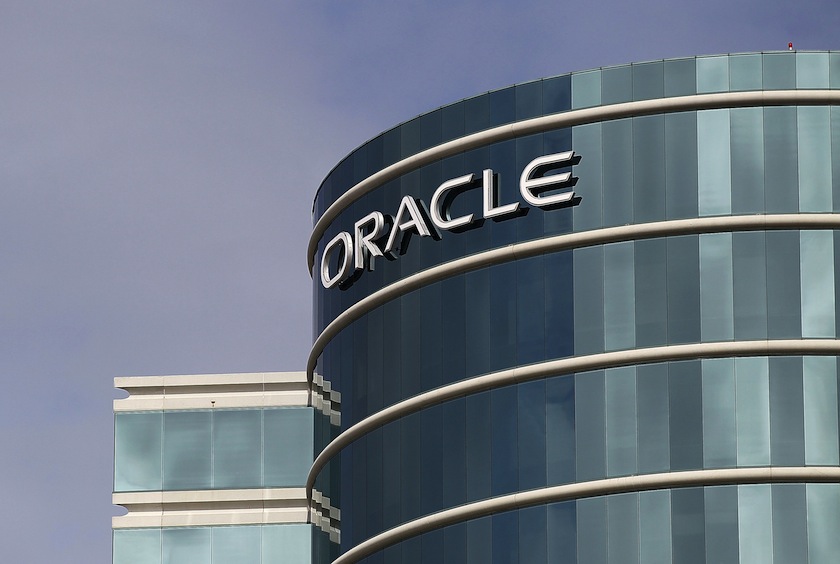This story was updated April 27 to add information about Oracle’s BlueKai and Datalogix acquisitions.
Over the past four years, Oracle has spent at least $3 billion buying marketing software and customer data. Now, it’s looking for the payoff.
On Wednesday during an annual customer conference, the software giant unleashed an array of updates for the Oracle Marketing Cloud. They were all centered on one common theme—using Oracle’s data and business intelligence services to personalize messages.
Now Oracle’s various marketing applications work together more seamlessly. For example, if you want to make sure the information shown on a website matches an upcoming email and mobile messaging campaign, Oracle’s Responsys email application (used to manage more than 110 billion emails) and Mayxmiser audience testing system now work together to orchestrate that task.
There’s also a new service for companies that sell to other businesses rather than consumers—one that could help marketers create industry-specific messages that also reflect a person’s professional role.
“We are the only vendor that has the breadth and scale to help make these connections,” said John Stetic, group vice president of product marketing for Oracle Marketing Cloud. “Others can take the customer experience to a certain point, and then they have to hand it off.” (Stetic joined Oracle when the company paid $871 million for Eloqua in early 2013.)
Get Data Sheet, Fortune’s daily technology newsletter.
Oracle currently claims approximately 2,300 customers for the Oracle Marketing Cloud, including manufacturers like Clorox, Dell, and Dow Chemical, and huge services companies such as Verizon. Its most formidable rivals include Adobe, IBM, and Salesforce, although scrappy upstart Marketo is also gaining traction within large companies.
Oracle senior vice president Kevin Akeroyd told Fortune last fall that a key point of differentiation for the software giant’s marketing software strategy will be in exploiting data to help marketers make their outreach “hyper-relevant and hyper-contextual.” He added: “We need to get to individualized dialogs and experiences.”
While every credible marketing software company worth is developing technology that pulls information from consumer profile data services, Oracle has spent big to buy its own. In February 2014, it paid an estimated $350 million to $400 for BlueKai. Approximately 10 months later it snapped up DataLogix, which tracks more than $2 trillion in consumer spending for 650 companies including automotive giant Ford and consumer goods company Kraft.
Rishi Dave, chief marketing officer for longtime Oracle customer Dun & Bradstreet, said managing customer data remains one of his team’s biggest challenges. One big advantage of using services such as Oracle Marketing Cloud is that it allows marketers to try new approaches quickly, and then discard them if they’re not working. “What this has allowed us to do is really scale up how we deal with our pipeline of leads,” Dave told Fortune earlier this year.
